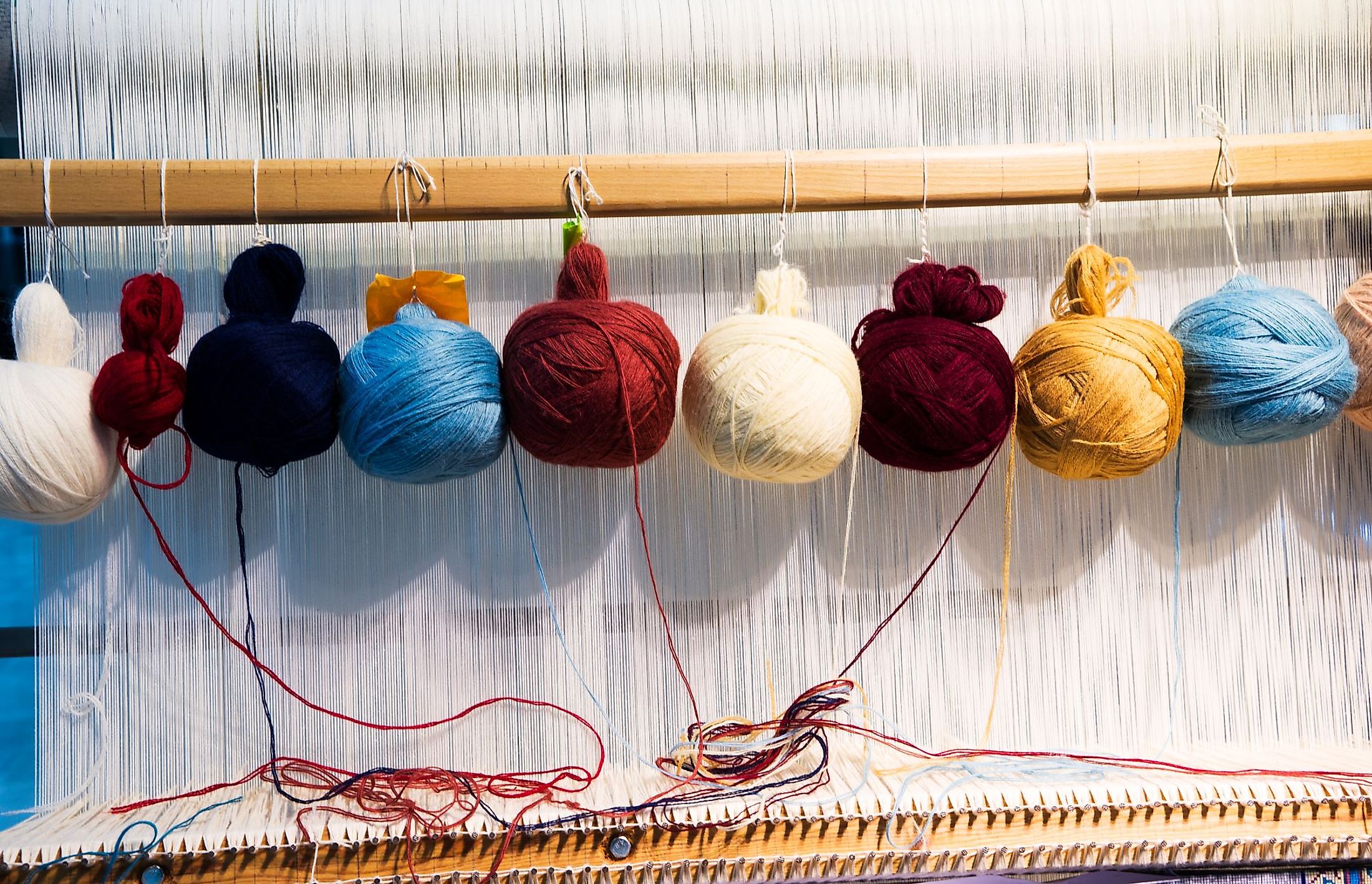
The World's Top 10 Wool Producing Countries
Obtained primarily from sheep, wool is an essential textile fiber that is used across the world. Whether for clothing, canvas work, carpets, or even upholstery, wool is a vital resource supporting many industries and occupations. This natural fiber has many benefits, such as being biodegradable, easy to clean and even having a natural structure that traps air which is excellent for heat retention. Thanks to this, the global wool industry stands at an impressive value of more than $30 billion, with approximately 2 million tonnes of wool bought and sold yearly.
However, this isn’t very surprising, considering that humans have been working with wool for over 10,000 years. The first traces of humans working with wool dates all the way back to 10,000 BC during the stone age when the fiber was washed, weaved, and even worn. Some millennia later, the textile had gained popularity worldwide, with European countries bringing in sheep from the East. Testament to its amazing qualities, this commodity has continued to be one of the premier fibers used worldwide. That being said, while it is an amazing material, with such a heavy requirement, who is producing all this wool?
1. China - 333,624 tonnes
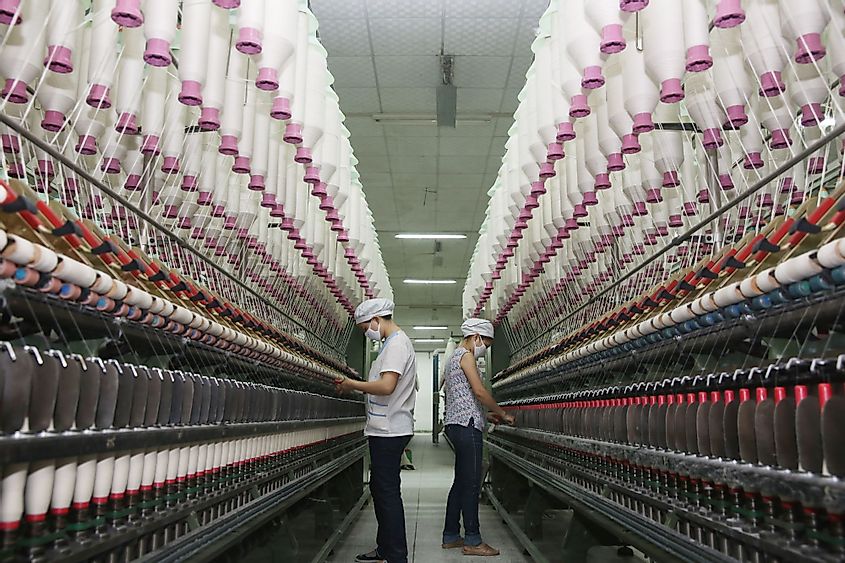
Having been second in the world’s wool production for many years, China has made a major leap in the past few years, becoming the clear number one in terms of global wool production. With a production of more than 333,624 tonnes of wool in 2020, China accounts for approximately 19% of the global wool clip! This is thanks to the significance of the textile industry in the country as well as the presence of large farms which are ideal for raising sheep. Surprisingly, the demand is so high that even with the immense production, China is also the largest wool importer, having imported upwards of $1.5 billion in wool. As of now, 40% of their imports come from the second largest producer whom China dethroned recently, Australia.
2. Australia - 283,794 tonnes
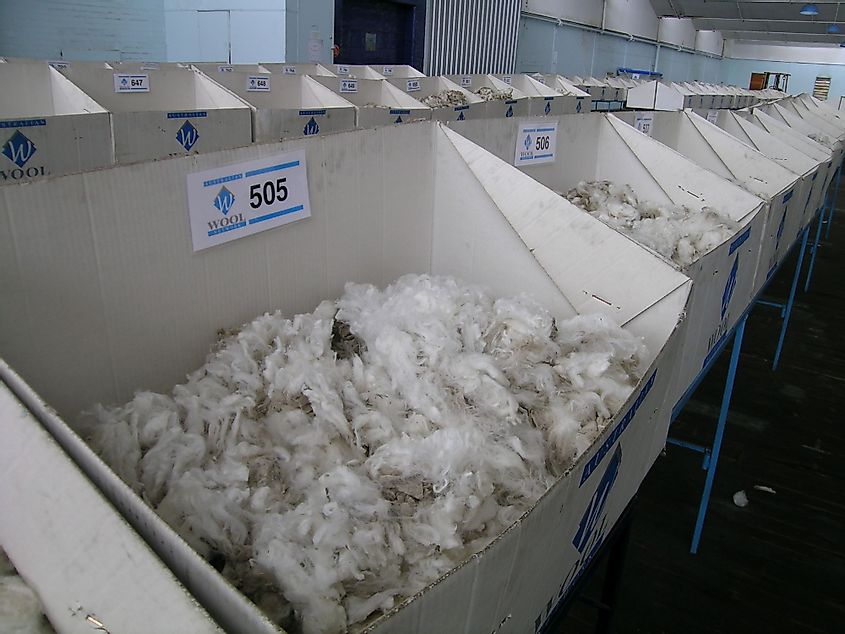
While it may not be the largest producer of wool today, Australia is one of the most significant countries when it comes to the wool market. The country produces 16% of global wool and is by far the largest wool exporter in the world. This is possible thanks to the large production area, as all regions of the country except the Northern Territory are actively involved in producing wool. Specifically, between 2021 and 2022, a total of 71.6 million sheep were shorn in Australia! An added bonus for the Australian wool industry is that the climate supports stellar Australian Merino Sheep, which are able to produce large quantities of fine wool, which is sought after worldwide.
3. New Zealand - 151,192 tonnes
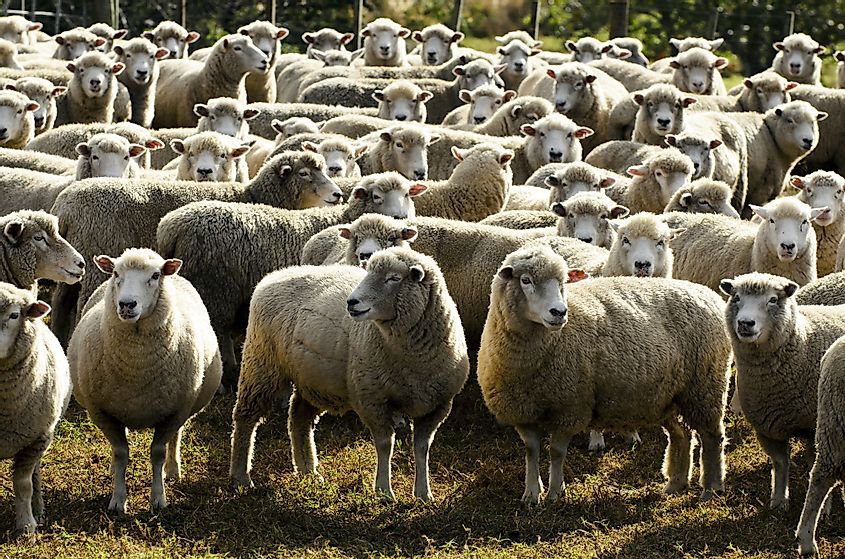
New Zealand produces 8-9% of global wool production and has been a significant player since the mid-1900s. This was due to the New Zealand wool boom of 1951, which saw a huge increase in the sheep number and wool production. With the ongoing Korean War at the time, the US was looking to import large quantities of wool which New Zealand quickly capitalized on. Tripling wool prices in days, the country amassed a whopping 70 million sheep in the years to come, making them a major player at the time.
However, as the demand gradually fell, New Zealand's sheep number has decreased by more than half in the past four decades, and estimates place the number at around 26 million in 2020. Coupled with the fact that many sheep are being sold to meat processors instead of using them for wool, New Zealand's wool industry has been on a slow decline. Thankfully, however, with the sheep being shorn about two times a year, New Zealand is still one of the world's largest producers of high-quality wool. A fun fact about New Zealand's wool is that it is noticeably thicker and coarser than Australian wool due to factors such as the climate, topography, etc. Thus, it is more often used to make carpets and blankets instead of clothing.
4. Turkey - 79,754 tonnes
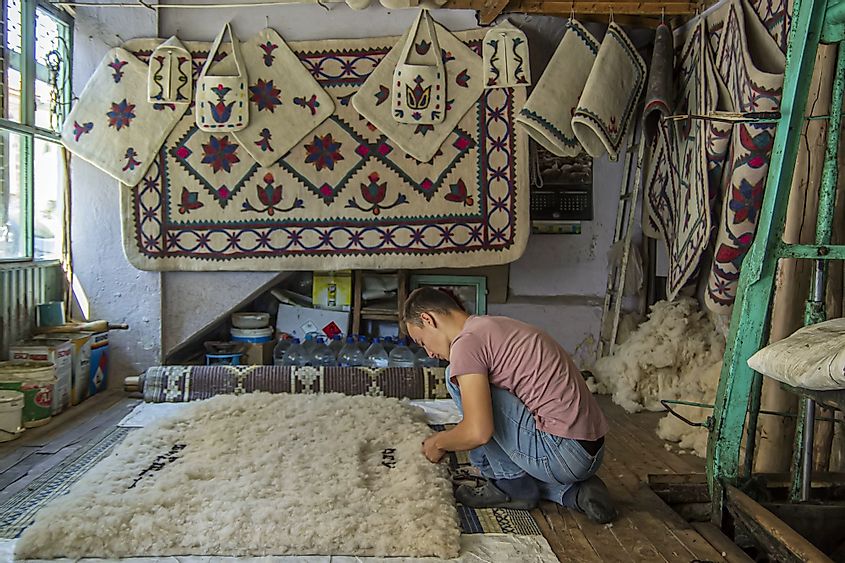
Turkey is known for having a highly influential and important textile and clothing industry which is a testament to its large stake in world garment exports. As wool is one of the premier fibers used in this market, Turkey is bound to match their demand with a large production of wool. Thus, in 2020, Turkey produced 79,754 tonnes of wool which is equivalent to 4% of the global production. The local wool industry is so large that it involves more than 35,000 textile companies and countless jobs throughout the processing and production process. Moreover, having seen steady growth since 2009, Turkey’s wool production is expected to continue to rise.
5. United Kingdom And Northern Ireland - 70,967 tonnes
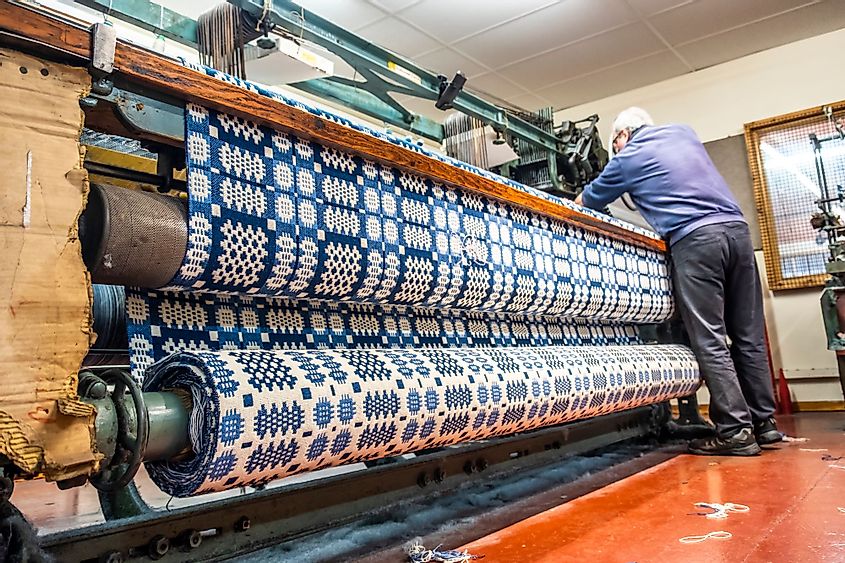
The United Kingdom has a long history, being one of the first countries where the wool became “popular.” Importing sheep from the Middle East during Medieval England, wool was a major push to industries between the 13th and 15th centuries. Growing through further events such as the Hundred Year War, various skilled weavers arose in these regions of the United Kingdom and Northern Ireland, and they are still known for having some of the best cloth producers. Parallelly, the number of farmers has also grown, thanks to which the UK currently houses around 45,000 sheep farmers and 34 million sheep and produces a whopping 70,000 tonnes of wool per year.
6. Morocco - 58,839 tonnes
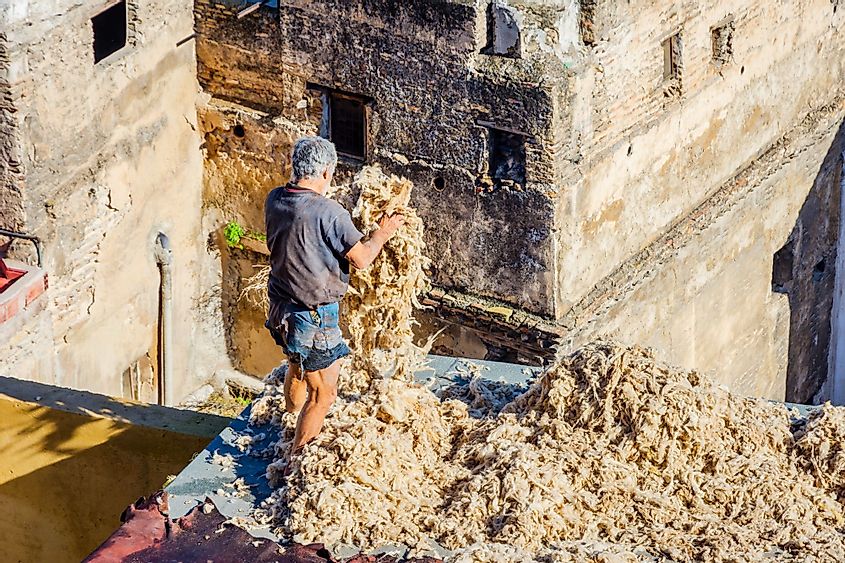
In Morocco, wool is an important commodity that is used in the various textile industries in the country. Whether this is for the production of traditional carpets, clothing, or even tents, Morocco has a prominent market for wool. Thanks to this demand, wool production has been on a continuous growth rate over the past 40 years. With the country producing approximately 11,000 tonnes of wool in 1977, numbers have increased by more than five times, with the current figure being just below 60,000 tonnes. With the robust internal requirement, Morocco sits much lower on the wool export list as most of the fiber is used within the country itself.
7. Iran - 58,372 tonnes
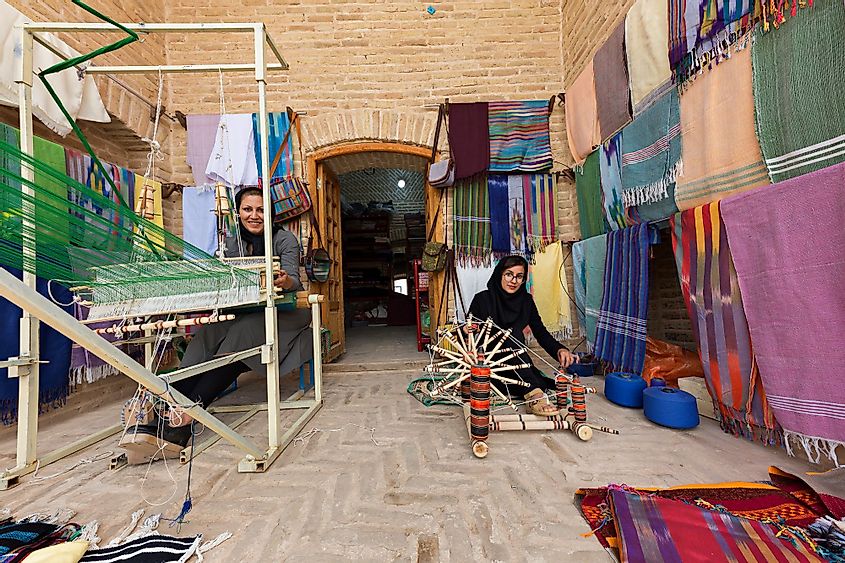
Responsible for 3% of global production, Iran is a large wool producer with many untapped potentials. This is because Iranian wool is known for being quite thick, making it ideal for use in carpets and thicker fabrics. However, even with such potential, Iranian wool is often neglected because the sheep are used for their meat instead of being sheared for their wool. In addition, problems with water in many areas have made wool washing (an important step) much more complex, negatively affecting production. Thankfully, Iran still manages to produce a consistent amount of high-quality wool, which supports the beautiful handmade carpets weaved in the region.
8. Russia - 51,660 tonnes
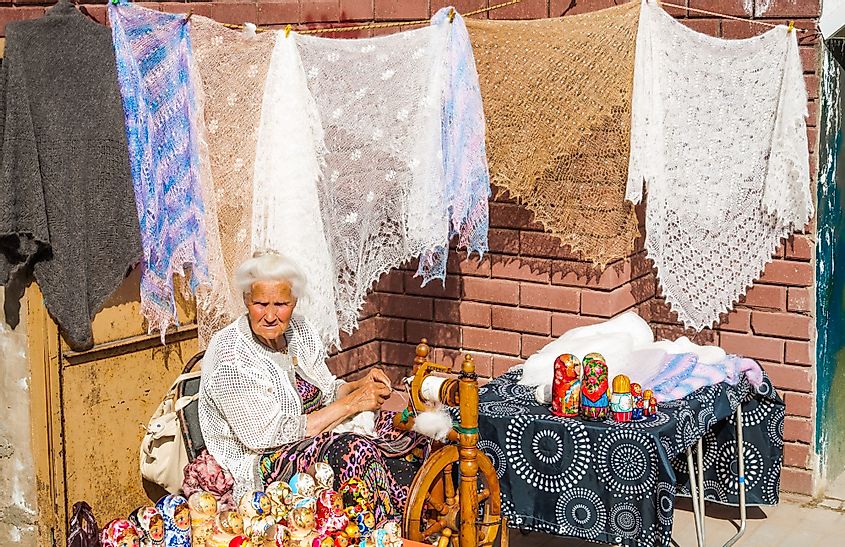
As of figures from 2020, Russia stands 8th on the list of top wool-producing countries and produces approximately 50,000 tonnes of wool. This production is supported by a dynamic array of farmers ranging from individuals with up to 1000 sheep and large farming units which can manage upwards of 25,000 sheep. According to estimates, the total number of sheep in Russia would be around 25 million, with a decent 60% being Merino Sheep which are known for their fine wool. That being said, while the Russian wool industry is quite robust and multi-faceted, it has actually reduced noticeably in the past 30 years. This is because during the Soviet Union, around 30-40 years ago, Russia used to be a massive importer of wool and processed around 175 tonnes at the time to supply clothing for the communist military. However, with the fall of the Soviet Union, the wool industry collapsed, and the country is currently working to rebuild and expand.
9. South Africa - 47,287 tonnes
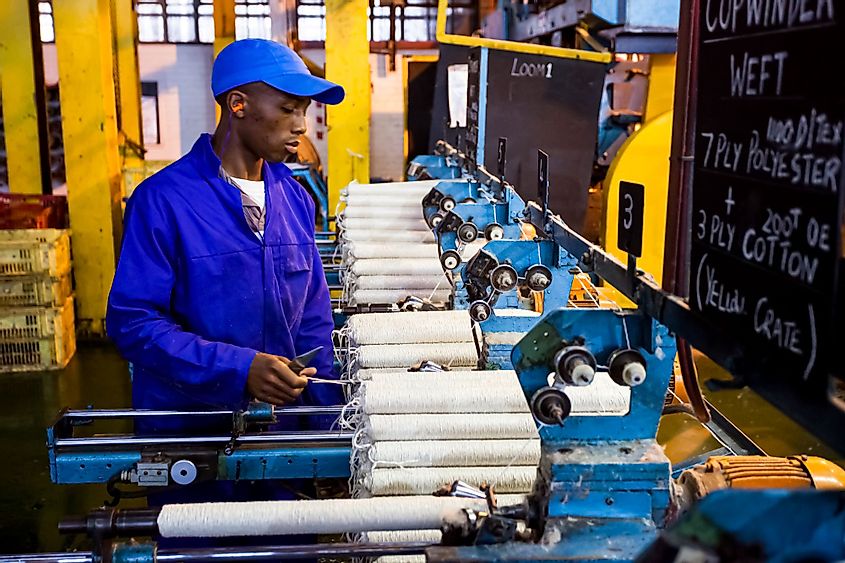
While being quite low on the top 10 list, South Africa has a long history with the wool industry. It was the first region to properly begin producing fine apparel when Merino Sheep were brought to the Cape in the late 1700s. Since then, this region has developed a prominent wool industry which is now famous for its unique “Cape Wool.” This wool is an umbrella term for wool produced in South Africa and is known for having several variations with varying fineness. Notable, this wool is less elastic than its Australian counterpart, making it an ideal fiber for use in shawls and hosiery. Thanks to this, the demand for South African wool is quite high, and the country has a strong and stable wool industry.
10. India - 45,844 tonnes
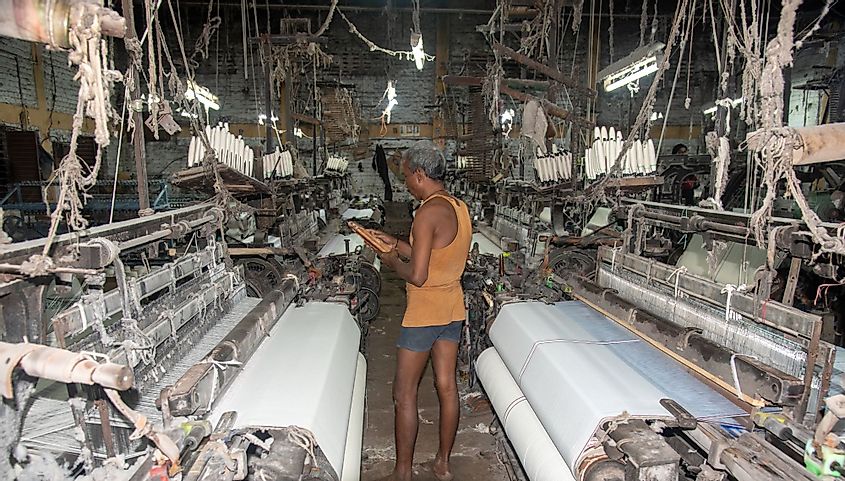
India produces approximately 45,844 tonnes of wool, according to stats from 2020, which accounts for 3% of global production. Surprisingly, unlike many other countries on this list, the majority (85%) of Indian wool is much rougher, due to which it is defined as “carpet-grade” and mostly used for carpets. This large industry is supported by India’s sheep population of around 64 million sheep, which is the third largest in the world. That being said, the reason India isn’t higher on this list, even with so many sheep, is that the local sheep meat production market is often put at a higher priority.
In numbers, sheep meat production has more than doubled in the past 15 years, while wool production has stayed more or less the same. Moreover, a large portion of the country’s wool is exported, while the local demand is met by imports from places such as Australia and New Zealand. Thankfully, with the Indian government taking initiatives to improve the country’s quality and competitiveness in the wool market, many schemes have been launched which seem to indicate a growth trajectory for Indian wool.
With so many countries producing unique kinds of wool with varying climatic conditions, a common question arises as to who produces the best wool. Well, having been a major player for many years and having the right temperature, humidity, land, etc., Australian Merino Wool is revered as being the finest and softest available in the world. Produced from Australian Merino sheep, this wool is perfect for fine clothing and, for this reason, is a prominent import product for many countries.











